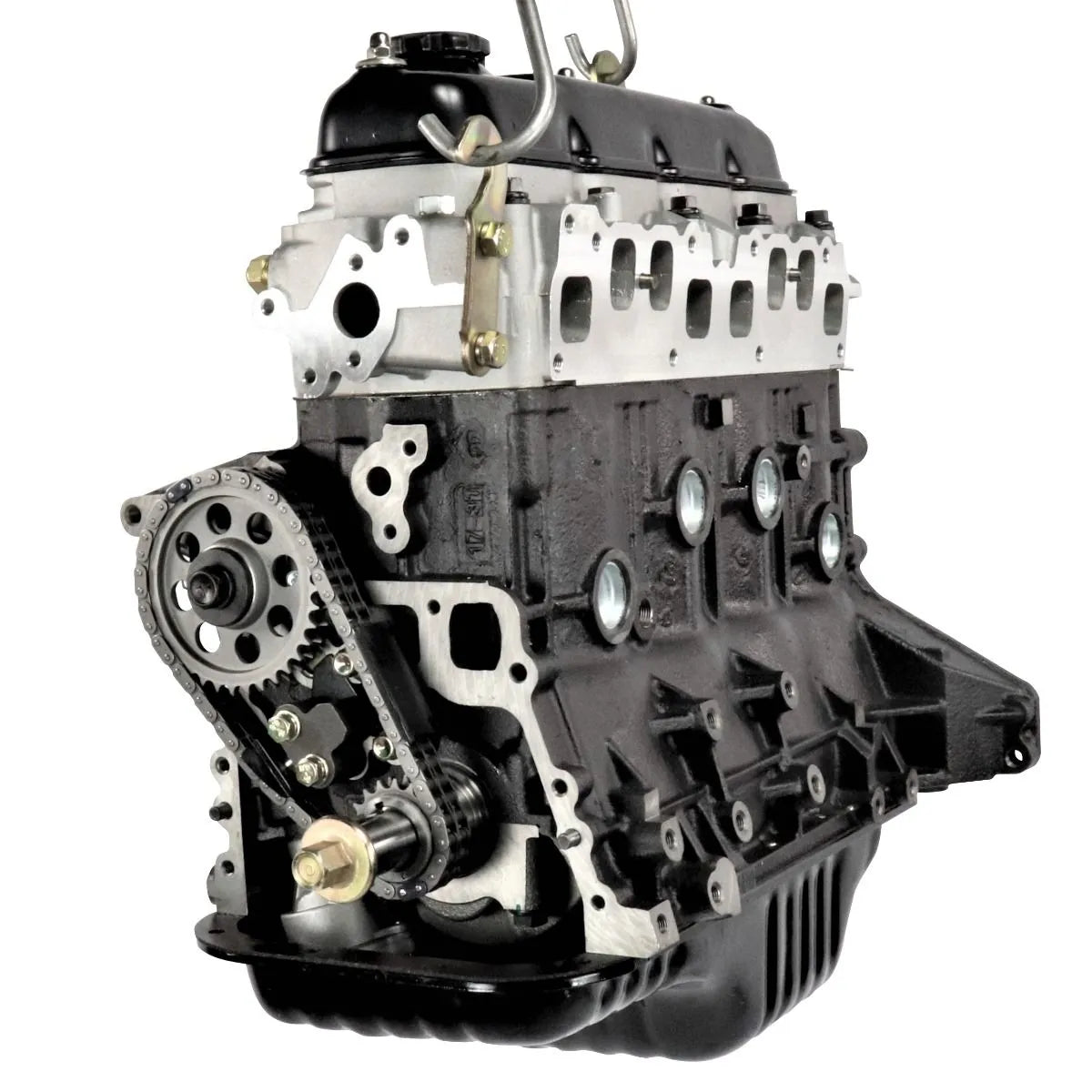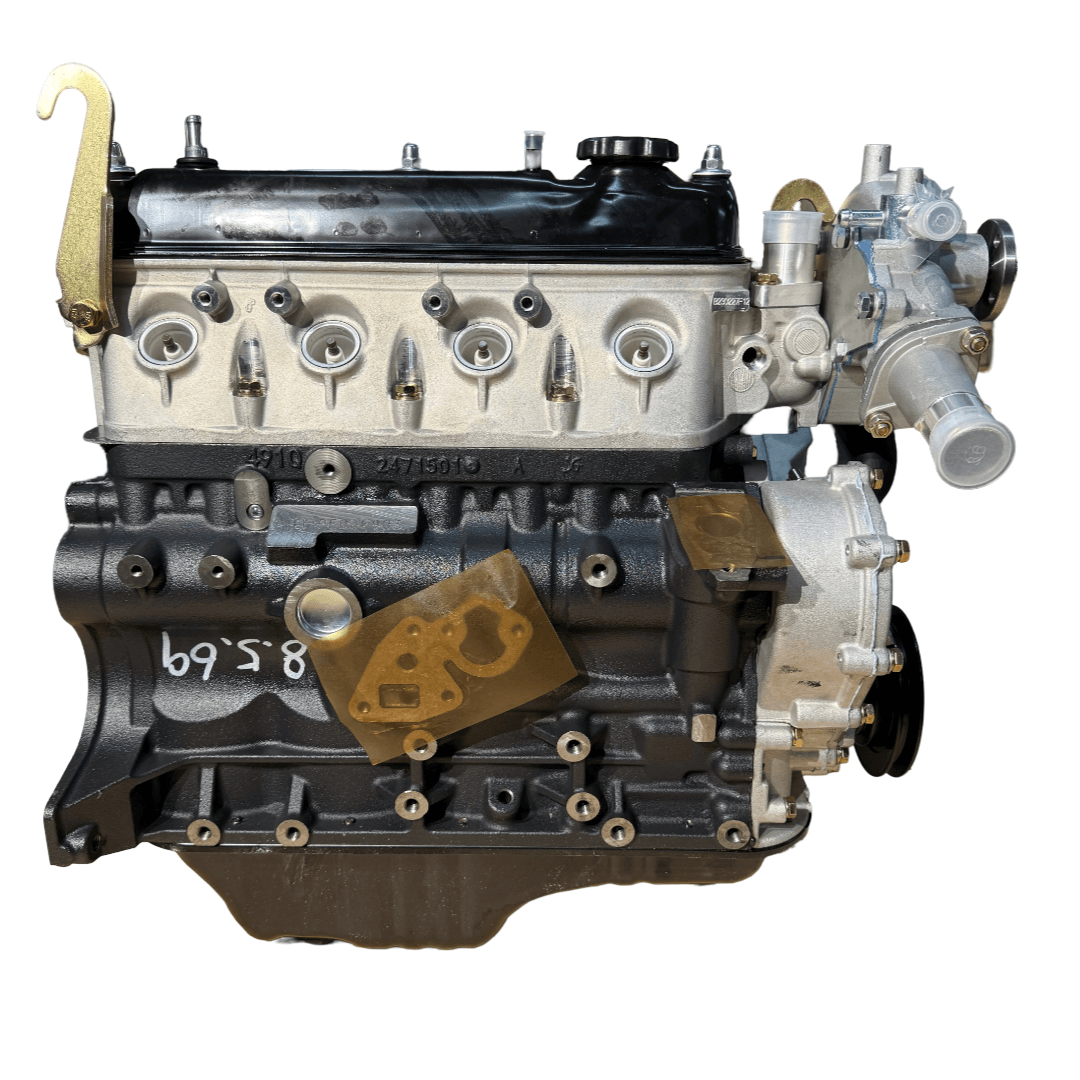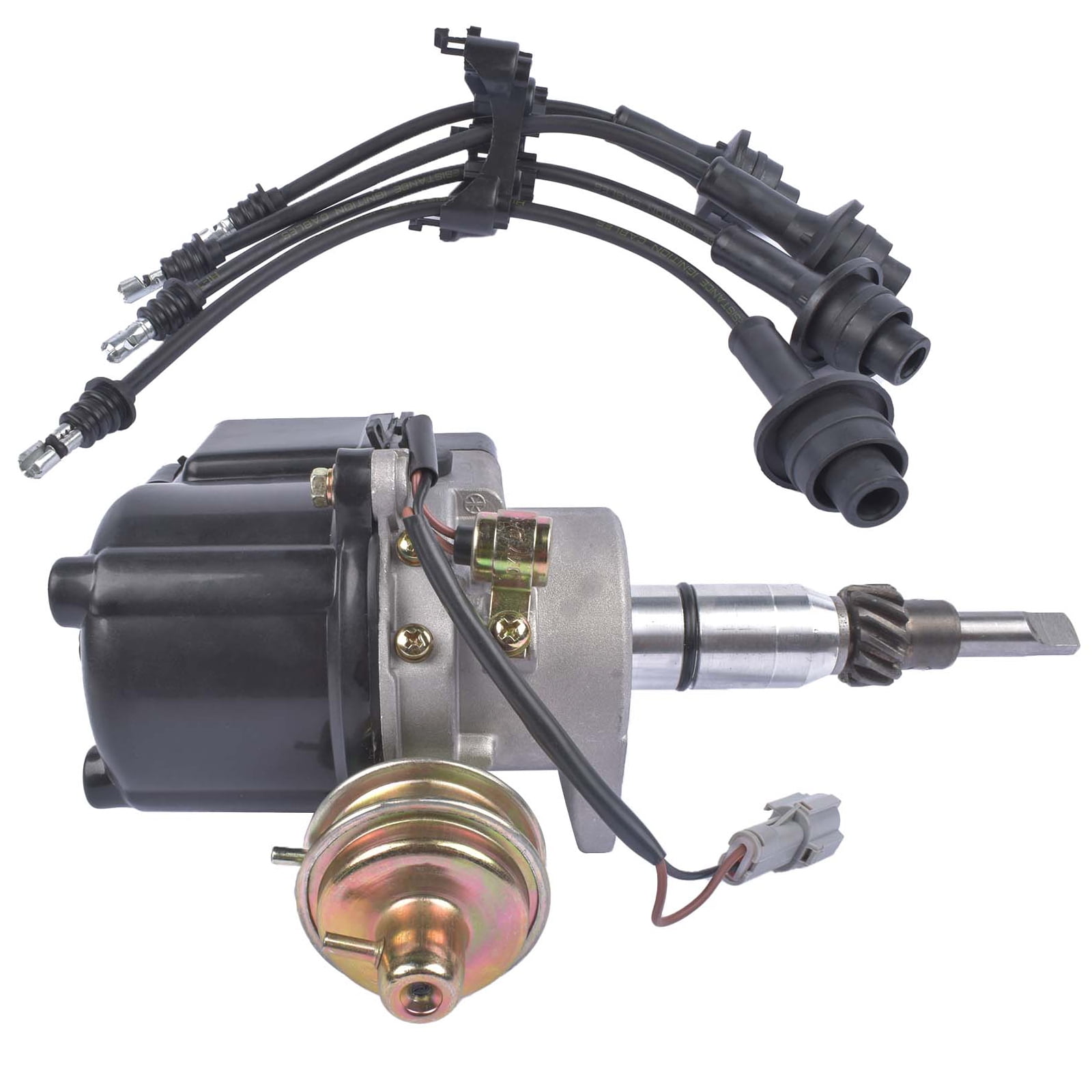Key Features That Make the 4Y Engine a Reliable Option for Drivers
Key Features That Make the 4Y Engine a Reliable Option for Drivers
Blog Article
Checking Out the Various Sorts Of Engine: Which One Fits Your Needs?
Internal burning engines proceed to control due to their reliability, while electric engines are getting grip for their sustainability. Crossbreed engines provide a flexible compromise, and diesel engines stand out for their power in demanding applications.

Interior Burning Engines
Internal combustion engines (ICEs) are the foundation of contemporary transportation, powering a large range of cars from cars to planes. These engines operate on the concept of converting gas right into mechanical power with a collection of controlled explosions within a combustion chamber. One of the most common kinds of ICEs consist of gasoline engines, diesel engines, and rotating engines, each developed to meet specific efficiency and effectiveness demands.
Gas engines usually use stimulate ignition, while diesel engines count on compression ignition, resulting in unique differences in fuel effectiveness and power outcome (4y engine). Rotating engines, or Wankel engines, provide a portable layout and smooth procedure, but are much less frequently used in mainstream applications
ICEs have undergone substantial innovations in modern technology, including the intro of turbocharging and gas injection systems, which boost total performance and efficiency. Despite their performance renovations, ICEs face enhancing analysis due to their ecological influence, particularly pertaining to greenhouse gas emissions.
Electric Engines
As worries regarding environmental sustainability and nonrenewable fuel source reliance grow, electrical engines have become an engaging option to inner burning engines. These engines make use of electric motors powered by batteries or gas cells, offering a cleaner and much more effective motive powers.
One of the key benefits of electrical engines is their reduced discharges. Unlike typical engines that shed fossil gas, electrical engines create no tailpipe exhausts, substantially reducing air contamination and adding to improved public health and wellness. Additionally, the efficiency of electric motors frequently surpasses that of inner burning engines, converting a greater percentage of power from the source of power into usable power for movement.
Electric engines are also remarkable for their silent operation, making them optimal for urban atmospheres. 4y engine. The simpleness of their style causes fewer moving components, which can bring about lowered maintenance expenses and increased dependability over time
Nevertheless, difficulties continue to be, consisting of battery production influences, billing framework, and range restrictions. Despite these hurdles, the expanding investment in electrical lorry modern technology and eco-friendly power resources points toward an appealing future for electric engines, placed to play a critical function in the transition toward lasting transportation.
Hybrid Engines
Blending the benefits of both standard and electric interior burning engines, hybrid engines represent a versatile service in the quest for reliable and lasting transport. These engines integrate a gas or diesel motor with an electric motor, enabling improved gas effectiveness and lowered exhausts compared to traditional automobiles.
Hybrid engines run in numerous settings, utilizing the electric motor for low-speed driving and the internal combustion engine for greater speeds or when more power is required. This vibrant operation not just improves fuel economy but likewise adds to a smoother driving experience. Regenerative braking is one more crucial function, recording energy typically shed throughout braking and rerouting it to reenergize the battery.

As consumers increasingly focus on eco-friendliness, crossbreed engines stick out as a practical choice, using a reliable balance of efficiency, performance, and environmental obligation. This adaptability makes them ideal for urban commuting and long-distance travel alike.
Diesel Engines
Performance and power are trademarks of diesel engines, which have long been preferred for their toughness and gas economic climate. These engines operate on the concept of compression ignition, where air is pressed to a heat prior to gas is injected, igniting it without the need for spark plugs. This procedure allows diesel motor to attain greater thermal efficiency contrasted to gas engines, translating right into far better fuel gas mileage and reduced carbon dioxide emissions.
Diesel motor are specifically appropriate for sturdy applications such as vehicles, buses, and industrial equipment, where torque and toughness are vital. Their style generally consists of stronger elements to withstand the higher stress created during operation, causing his response longer life span and lowered upkeep browse around this web-site costs.

Alternative Gas Engines
While diesel engines have long dominated the landscape of sturdy source of power, alternate gas engines are obtaining traction as feasible options for a much more sustainable future. These engines utilize a range of gas, such as pressed gas (CNG), propane, hydrogen, and ethanol, aiming to lower greenhouse gas discharges and reliance on fossil gas.
One significant advantage of different gas engines is their prospective to reduced carbon impacts. For circumstances, CNG engines send out fewer pollutants compared to traditional diesel motor, making them suitable for urban transportation systems and fleets seeking to boost air quality. Ethanol, originated from biomass, not only minimizes exhausts yet additionally sustains farming economic situations.
Hydrogen fuel cells stand for a sophisticated advancement in this world, offering zero-emission power through a chemical response additional resources in between hydrogen and oxygen. Nonetheless, difficulties such as infrastructure development and production expenses stay obstacles to widespread adoption - 4y engine.
Verdict
Inner combustion engines provide reliability, while electric engines focus on sustainability and lowered maintenance. Crossbreed engines incorporate the advantages of both, improving efficiency, whereas diesel engines give premium power and torque for durable applications.
Hybrid engines supply a flexible compromise, and diesel engines stand out for their power in demanding applications. The most typical types of ICEs consist of gasoline engines, diesel engines, and rotary engines, each created to satisfy specific efficiency and performance demands.
Unlike typical engines that melt fossil gas, electrical engines create absolutely no tailpipe exhausts, significantly lowering air pollution and contributing to enhanced public wellness.Hybrid engines operate in a number of settings, making use of the electrical motor for low-speed driving and the interior burning engine for higher rates or when more power is required. Hybrid engines integrate the advantages of both, boosting performance, whereas diesel engines offer superior power and torque for heavy-duty applications.
Report this page